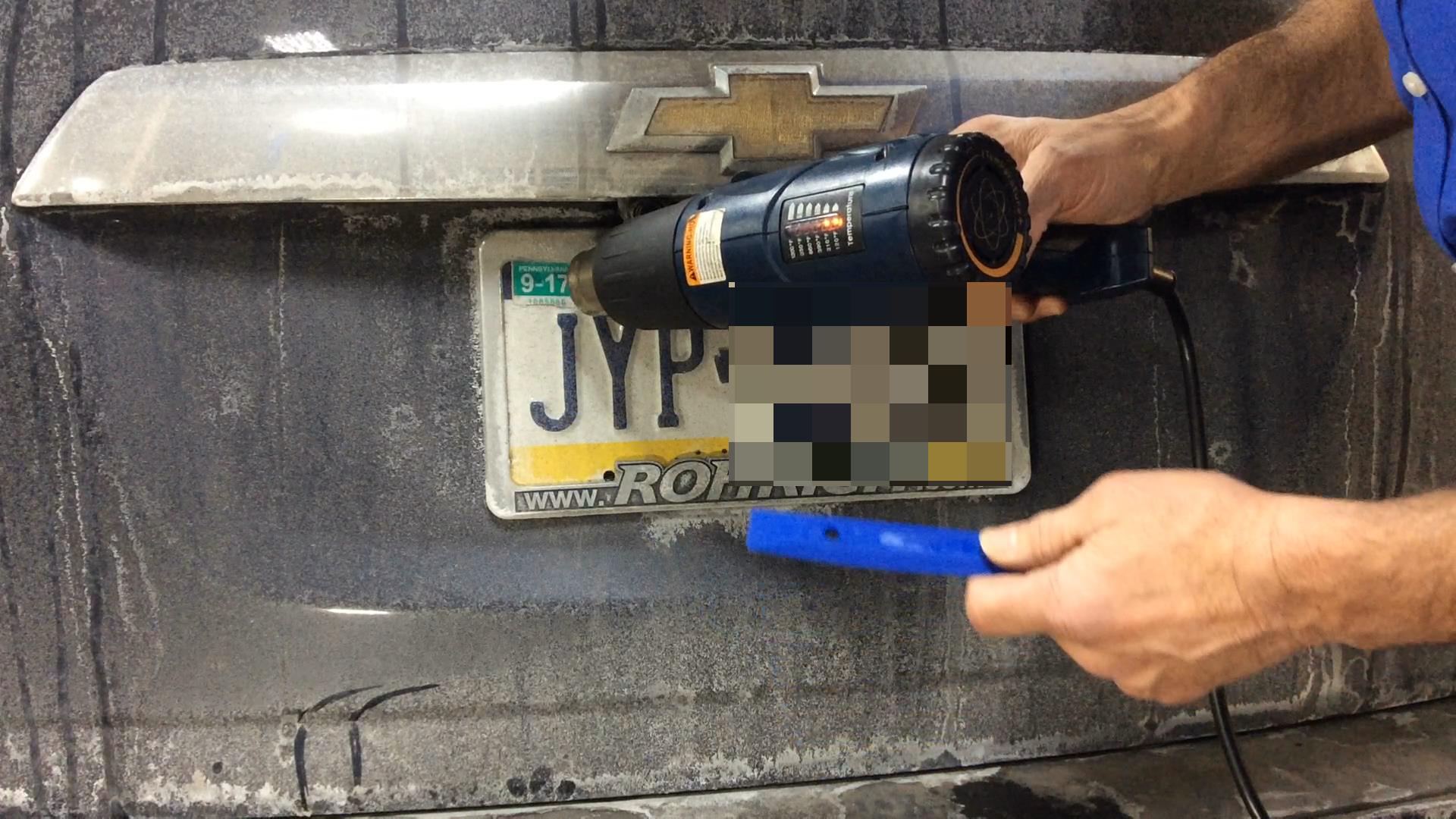Kathryn Hawkins
Each year, owners of all types of vehicles must pay an annual registration fee and pass a vehicle emissions test to get a current registration sticker. Once your sticker has expired, your vehicle no longer is considered roadworthy in your state.
If you’re caught driving a vehicle with an expired registration sticker, you’ll be subject to fines and penalties that may include points on your license, potentially leading to higher car insurance rates.
Most of us do the right thing by paying to renew our car registration, and taking in the vehicle for state-required safety and emissions tests. A small number, however, steal other drivers’ registration stickers or license plates and place them on their own cars.
Why does this happen, and what can be done about it?
Why registration stickers and license plates get stolen
In most states, the annual vehicle registration fee is quite low. In Nebraska, for instance, it is just $15 a year. Others can cost considerably more, such as Montana, where the cost to renew registration for a car that’s less than 4 years old is $237.
Many states also require vehicles to pass safety or emissions inspections tests. Fourteen states require safety inspections every year, while four others require tests every two years. Before a vehicle can pass the inspection, a driver must pay for any repairs that a mechanic says would affect car safety or fuel emissions. Depending on the problems with the car, these repairs can cost hundreds or even thousands of dollars. People who haven’t paid their state property taxes aren’t eligible to renew their vehicle registrations.
Because vehicle registration stickers can be easily peeled off cars, there’s a big financial incentive for people to steal the stickers from properly registered cars rather than buy their own. This is particularly true if the state registration fee is high, a car obviously won’t pass a safety inspection or delinquent property taxes are owed.
In some cases, especially if the stickers are difficult to pull off, thieves steal the license plates themselves. They may also do this if they’re driving stolen vehicles, and know police will be on the lookout for their cars’ existing license plate numbers.
Such crimes are increasing in frequency. In St. Louis, license plate theft is up by 130 percent for the year, with 113 plates stolen in January 2013 compared to 49 in January 2012.
How to prevent license plate and registration sticker theft
So what can you do to avoid getting your registration tags or license plates ripped off?
Lifehacker suggests cross-cutting your vehicle registration sticker with a razor blade to deter theft of the tags. That way, if someone tries to pull off the sticker, it will come off in pieces and can’t be placed on another car.
However, this trick won’t prevent a thief from stealing your license plate. To protect it, consider buying anti-theft fasteners that you can screw on to the plate. These fasteners, which cost just a few dollars each, will make it much more difficult for thieves to steal your plates without a special security wrench.
What to do if your tags or plates are stolen
If your registration sticker or license plate is stolen, “that should be reported immediately to your local police department,” says Randy Vaughn, media relations officer with the St. Louis County Police Department. “After you get a police report from that department, the Department of Revenue should be contacted for further information on their process.”
But don’t get behind the wheel. It’s illegal to drive your car without valid plates or current registration. And if your plates have been stolen, they may have been placed on a stolen car. By making sure law enforcement knows you aren’t driving the car, you’ll help them catch the culprit – and make sure you don’t draw suspicion for illegal activity committed by someone else.
In general, it’s not worth making an insurance claim for the theft of your sticker or plates. Most car insurance policies have a deductible of at least $500, which is far more than it costs to replace a sticker or plates. Even if you have a zero-deductible policy, filing a claim may subject bump up your rates in the future.
Instead, simply contact your state’s department of motor vehicles (DMV) and apply for duplicate registration documents. The DMV should have your vehicle’s details on file, so you won’t need another inspection.
The fees generally are low. In California, you’ll pay $19 for a new registration sticker and $20 for a license plate replacement. In New York, a fee isn’t charged if you produce a police report showing a theft occurred.
Submit the forms in person for faster results. Still, it may take weeks to receive your new plate or sticker. Hold onto your receipt for the new documents and keep them in your car; you’re legally allowed to drive without a sticker or plates if you can show that you’ve already paid for duplicates.
